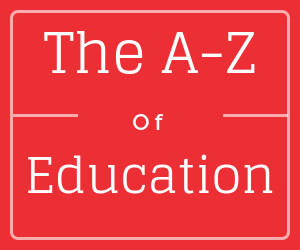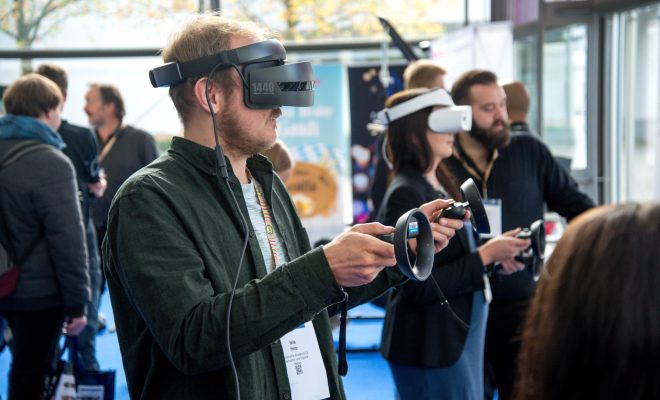How Neuroscience Advances Can Help to Predict Reading Outcomes

Using science to improve education seems like a no brainer, but it still seems like there is a long way to go before everyone in the education system is on board with it. The use of neuroimaging by neuroscientists has revealed many key findings that could impact educators abilities to predict reading disabilities and methods to craft a curriculum that stimulates children’s reading capabilities.
How does it work?
Plasticity and how it works in a child’s brain are vital to this process. With the decade’s worth of advancement in technology and overall understanding of the brain through the steady advancement in neuroscience afforded by this technology, a scientist has a clear path to understanding many things. Things like how children with reading disabilities brains are different from others or the very process of a child’s learning to read. These can all be determined with MRIs and many other imaging systems.
In fact, through the use of functional magnetic resonance imaging neuroscientists have discovered that when reading, certain sections of the human brain located in the left hemisphere become active and therefore the blood oxygen levels to this section alter slightly. By monitoring this reaction, neuroscientists have been able to begin to understand the way children develop their reading skills as well as why certain children are subject to learning disabilities like Dyslexia. Eventually, these neuroscientists hope to be able to partner with education and cognitive psychologists to craft lesson plans that will help improve and combat certain learning disabilities. Knowing how the brain translates visual information into audio information to allow children to develop not only their reading skills but verbal is key to developing these processes.
The left hemisphere of the brain bears the brunt of the work as the child develops their reading skills. What scientists have determined is that in order for a child to become a good reader their brains have to be able to move between intake and outtake of the visual to the auditory signals easily. The stronger the connections within the brain the better and quicker the child seems to learn this skill.
What else have neuroscientists learned?
With these studies, scientists have also realized that as a compensation mechanism, the process is backed up by increased assistance from the inferior frontal and right hemispheres posterior regions in children that have shown signs of learning disabilities. If this posterior system is disturbed during the process, scientists have noticed a significant impediment to the child being able to recognize words that have already been learned. Though scientists are still trying to determine what the exact distance is, the use of neuroscience to help predict reading outcomes in children is still well on its way to making significant breakthroughs in this area.
With these advancements in neuroscience, the science community is well on its way to finding clear working knowledge of how to overcome the hardships of millions of learning challenged children. By understanding the brain’s mechanisms in regard to visual information gathering, neuroscientists could in the future be able to identify markers to ascertain if a child is predisposed to learning difficulties. This could give the parents and educators a head start on building curriculum and supports specifically designed to circumvent these issues.






